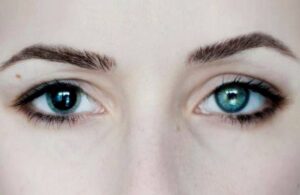


Two extraocular muscles, the medial rectus and lateral rectus, work together to control horizontal eye movements (Figure 8.1, left). Antagonistic actions pull the eye in opposite directions whereas synergistic actions pull the eye in the same direction.įor each eye, six muscles work together to control eye position and movement. The extraocular muscles of the right eye and their actions. The cranial lower motor neurons innervate these muscles and thereby control their contractions. Contraction of the muscles produce movement of the eyes within the orbit. The muscles are attached to the sclera of the eye at one end and are anchored to the bony orbit of the eye at their opposite ends. The extraocular muscles execute eye movements and are innervated by three cranial nerves. When this fails, diplopia (double vision) results.Ĩ.2 Extraocular Muscles and their Innervation

They coordinate the movement of the two eyes to ensure that the images on the two retinas fall on corresponding areas of the binocular field. Such eye movements are controlled by gaze systems. Eye movements are also controlled to direct the eyes towards a visual target and to follow the movements of the visual target. For example, in addition to producing adjustments in pupil size and lens refraction, accommodation involves the convergence of the two eyes to direct onto the foveae the images of near objects. Normal visual perception requires the proper functioning of ocular motor systems that control the position and movement of the eyes to focus the image of the object-of-interest (i.e., the visual target) on corresponding areas of the retinas of the two eyes.


 0 kommentar(er)
0 kommentar(er)
